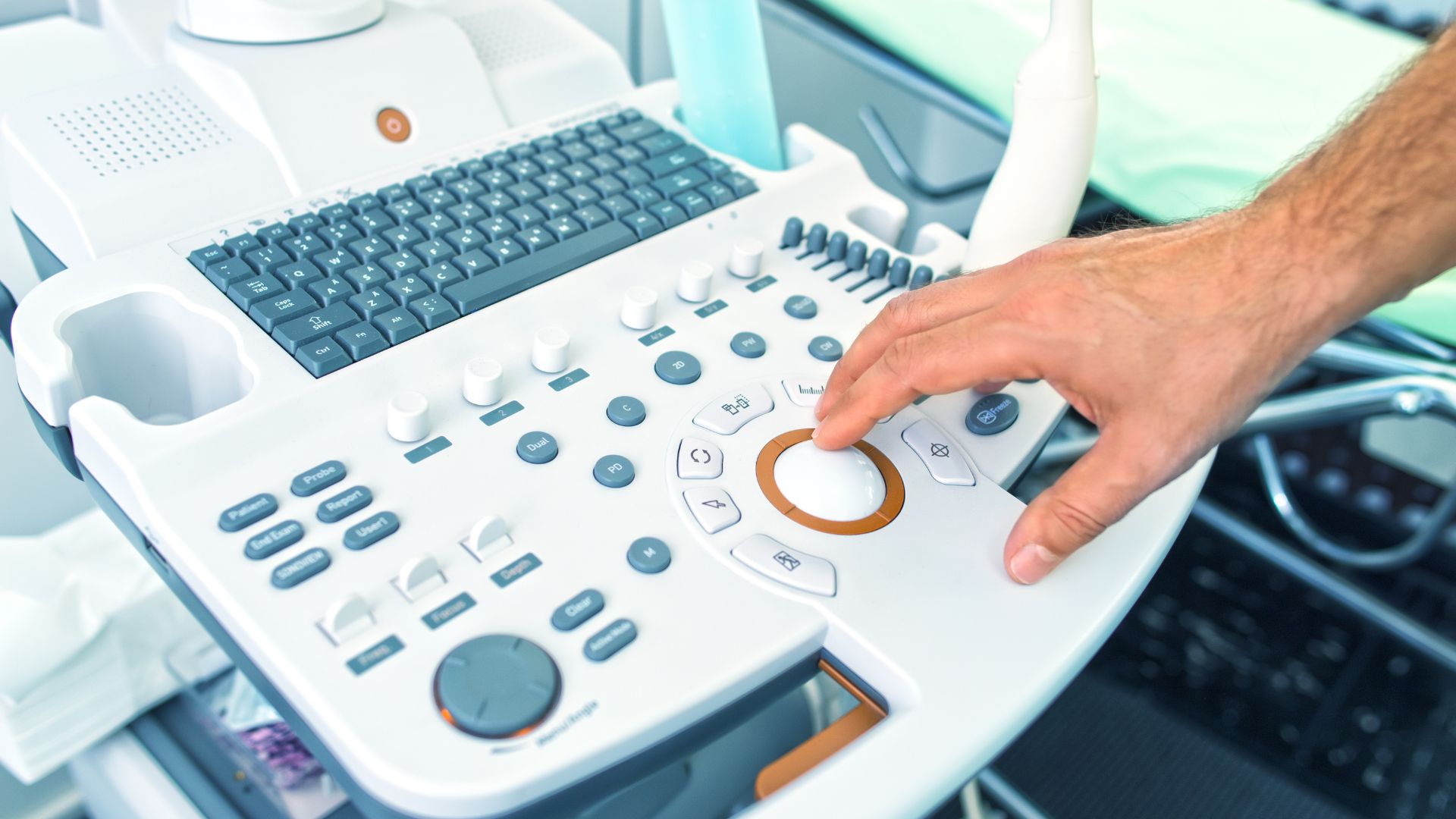Dental anesthesia devices—including local anesthetic delivery systems, nitrous oxide sedation units & conscious sedation monitors—are essential for pain management in dental procedures. Because these devices directly affect patient safety, the FDA enforces strict regulations to ensure they meet safety, performance & labeling standards. Manufacturers must comply with classification, sterility validation & premarket review requirements to avoid Import Alerts, product detentions & regulatory penalties.
How the FDA Classifies Dental Anesthesia & Sedation Equipment
Understanding how anesthesia-related devices are categorized helps determine the appropriate regulatory path:
- Class I (Low Risk): Includes basic anesthetic syringes & single-use delivery systems. Typically exempt from 510(k) clearance but still require Establishment Registration & Medical Device Listing.
- Class II (Moderate Risk): Covers nitrous oxide sedation units, electronic anesthetic injection devices & patient monitoring systems. These require 510(k) clearance to demonstrate substantial equivalence to an FDA-approved predicate.
- Class III (High Risk): Includes advanced anesthetic delivery systems & devices with AI-driven monitoring capabilities, requiring Premarket Approval (PMA).
Key FDA Compliance Requirements for Dental Anesthesia Devices
To legally market anesthesia devices in the US, manufacturers must:
- Establishment Registration: Annual FDA registration is required.
- Medical Device Listing: Each device must be listed under the registered establishment.
- Biocompatibility & Sterility Testing: Devices must comply with ISO 10993 standards.
- UDI Compliance: Devices must feature Unique Device Identifiers for tracking & recalls.
- Performance & Safety Testing: Must meet ISO 80601-2-55 for gas delivery & ISO 80601-2-61 for anesthesia ventilators.
Common Compliance Challenges & Solutions
Even well-prepared manufacturers may face regulatory hurdles. These examples highlight why thorough preparation matters:
Case Study: Import Detention Due to Incomplete Safety Testing
A manufacturer of electronic anesthetic injection devices was placed under Import Alert due to missing validation data. The company had to:
- Repeat clinical testing.
- Update its Medical Device Listing with full documentation.
- Work with regulatory consultants to resolve compliance issues.
Case Study: Nitrous Oxide Sedation Unit Reclassified as Class III
A company assumed its sedation unit was Class II but was reclassified as Class III due to long-term exposure risks. This led to:
- A 12-month delay for PMA preparation.
- Increased costs from extended testing.
- A 513(g) submission to clarify classification for future devices.
Regulatory Considerations for Dental Anesthesia Device Manufacturers
Additional compliance factors to consider:
- FDA User Fees: Annual fees apply; Small Business Fee Assistance is available.
- Import Alerts: Repeated violations may trigger shipment holds.
- Certificate to Foreign Government (CFG): Often needed for export.
- Health Canada Licensing: An MDEL may be required for Canadian sales.
Sustaining Compliance After Market Entry
FDA approval is just the beginning. Manufacturers must maintain regulatory compliance by:
- Electronic Medical Device Reporting (eMDR): Submitting reports of adverse events.
- FOIA Requests: Accessing approval data on similar products.
- Medical Device Master File: Supporting future product approvals.
- Ongoing Regulatory Consulting: Staying current with FDA policy changes.
Managing Risk & Compliance in the Anesthesia Market
Successfully marketing dental anesthesia & sedation equipment in the US requires more than meeting baseline requirements. Manufacturers that proactively classify their devices, validate safety data, implement UDI systems & partner with compliance experts will reduce risk, avoid delays & maintain long-term access to the dental market.








